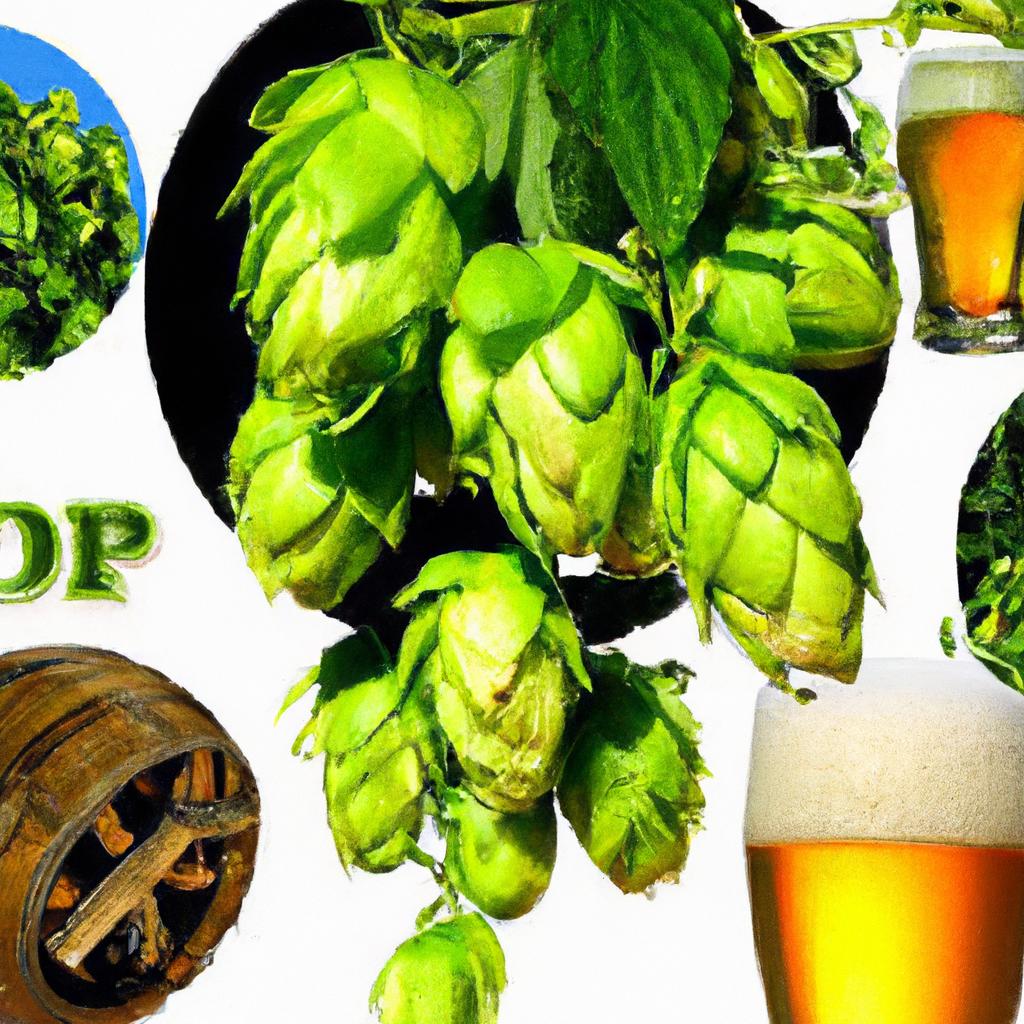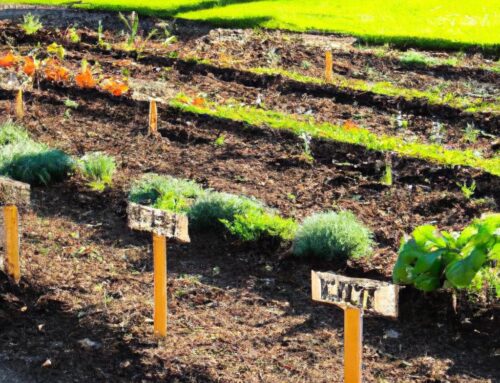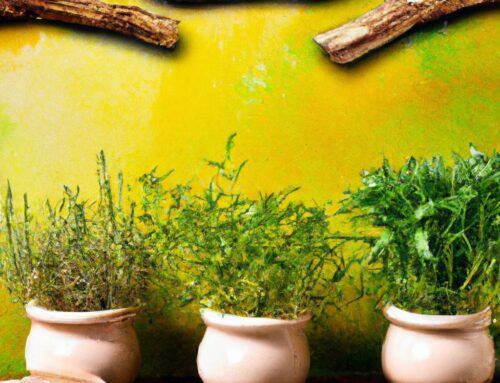Have you ever dreamt of enjoying a cold, crisp beer made with hops grown in your own backyard? For beer enthusiasts looking to take their passion to the next level, growing hops at home is a rewarding and satisfying experience. In this comprehensive guide, we will explore everything you need to know to successfully cultivate hops in your own garden, from choosing the right variety to harvesting the perfect cones for your next homebrew. Whether you’re a seasoned homebrewer or just starting out, join us on this journey to discover the art of growing hops at home.
Table of Contents
- Choosing the Right Hop Varieties for Your Home Brewery
- Optimal Growing Conditions and Care Tips for Hops
- Harvesting and Drying Your Homegrown Hops
- Incorporating Fresh Hops into Your Homebrews
- Q&A
- Key Takeaways
Choosing the Right Hop Varieties for Your Home Brewery
When it comes to selecting the right hop varieties for your home brewery, there are several factors to consider. Each hop variety brings its own unique flavor and aroma profile to your beer, so it’s important to choose ones that will complement the style of beer you’re brewing. Here are some tips to help you make the best choices for your homebrewing adventures:
- Consider the beer style: Different hop varieties work best with certain beer styles. For example, Citra hops are known for their citrusy and tropical fruit flavors, making them a great choice for IPAs and pale ales. On the other hand, Saaz hops are more floral and spicy, which are commonly used in lagers and pilsners.
- Experiment with different hops: Don’t be afraid to try out new hop varieties to see how they impact the flavor of your beer. You may discover a new favorite that adds a unique twist to your brews. Keep a brewing journal to track your experiments and note which hops you prefer for each style.
Optimal Growing Conditions and Care Tips for Hops
Growing hops at home can be a rewarding experience for beer enthusiasts looking to create their own unique brews. To ensure optimal growth and a bountiful harvest, it is important to provide the right growing conditions and care for your hops plants. Here are some tips to help you successfully cultivate hops in your own backyard:
- Choose a sunny location with well-drained soil to plant your hops rhizomes.
- Ensure your hops plants receive at least 6-8 hours of sunlight per day for optimal growth.
- Provide a sturdy trellis or support system for the hops vines to climb and grow vertically.
- Water your hops plants regularly, ensuring the soil is consistently moist but not waterlogged.
| Growing Conditions | Care Tips |
|---|---|
| Sunny Location | 6-8 hours of sunlight per day |
| Well-Drained Soil | Consistently moist soil |
Harvesting and Drying Your Homegrown Hops
Once your hops have reached their peak, it’s time to harvest and dry them for future use. Harvesting hops can be a fun and rewarding experience for beer enthusiasts looking to add a personal touch to their brews. To get started, gather the necessary tools including sharp scissors or shears, a clean bucket for collecting the hops, and a drying rack or screen.
When harvesting your hops, look for firm, green cones that have a papery texture. These cones should also have a strong aroma, indicating that they are ready for picking. Avoid collecting hops that are brown or have a mushy consistency, as these may be past their prime. Once you’ve collected your hops, spread them out on a drying rack or screen in a cool, dark place with good air circulation. Allow the hops to dry for 1-2 days, or until they feel crisp to the touch. Once dried, store your hops in an airtight container in the freezer to preserve their freshness for future brewing adventures.
Incorporating Fresh Hops into Your Homebrews
Are you a beer enthusiast looking to take your homebrewing to the next level? Incorporating fresh hops into your brews can add a unique and complex flavor profile that you can’t get from store-bought hops. Growing hops at home is easier than you may think and can be a rewarding experience for any brewer.
When it comes to growing hops, there are a few key things to keep in mind. First, you’ll need to choose the right hop variety for your climate and brewing preferences. Some popular options for homebrewers include Cascade, Chinook, and Centennial hops. Next, you’ll want to ensure that your hops have plenty of sunlight and room to grow. Hops are climbers, so make sure to provide them with a sturdy trellis or other support system. Finally, be patient – hops typically take a few years to reach their full potential, so don’t be discouraged if your first harvest isn’t as bountiful as you’d hoped. With a little time and effort, you’ll be brewing delicious beers with your own homegrown hops in no time!
Q&A
Q: What equipment do I need to grow hops at home?
A: You will need a sunny location, a sturdy trellis for the hops to climb, and basic gardening tools such as pruning shears and gloves.
Q: How long does it take for hops to mature?
A: Hops can take 2-3 years to reach full maturity, but you can typically start harvesting small amounts in the first year.
Q: Can I grow hops in containers?
A: Yes, you can grow hops in containers as long as they have enough room to spread their roots and climb a trellis for support.
Q: What are some common pests and diseases that affect hops?
A: Common pests include spider mites and aphids, while common diseases include downy mildew and powdery mildew. Regular maintenance and proper care can help prevent these issues.
Q: Can I use homegrown hops to brew beer?
A: Yes, you can absolutely use homegrown hops to brew beer. Many homebrewers enjoy the process of growing their own hops and incorporating them into their beer recipes.
Key Takeaways
In conclusion, growing hops at home can be a rewarding and satisfying experience for beer enthusiasts looking to elevate their homebrewing game. By following the tips and techniques outlined in this guide, you can cultivate your own hops and craft unique, flavorful brews that truly embody your passion for beer. So, roll up your sleeves, get your hands dirty, and embark on this hoppy journey towards creating your very own hop paradise right in your backyard. Cheers to hops and happy brewing!





